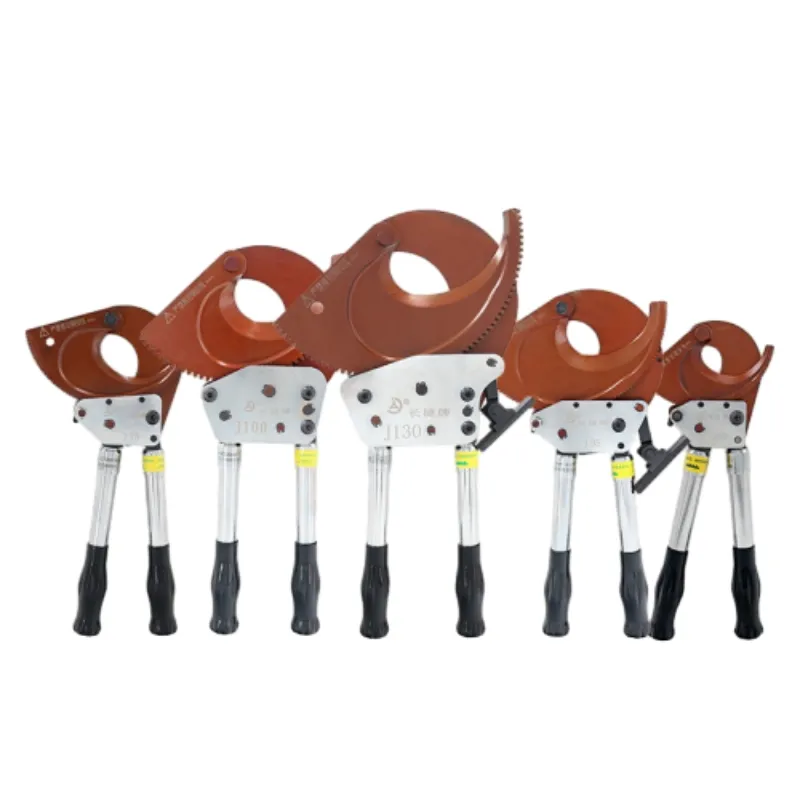
-
 Afrikaans
Afrikaans -
 Albanian
Albanian -
 Amharic
Amharic -
 Arabic
Arabic -
 Armenian
Armenian -
 Azerbaijani
Azerbaijani -
 Basque
Basque -
 Belarusian
Belarusian -
 Bengali
Bengali -
 Bosnian
Bosnian -
 Bulgarian
Bulgarian -
 Catalan
Catalan -
 Cebuano
Cebuano -
 Corsican
Corsican -
 Croatian
Croatian -
 Czech
Czech -
 Danish
Danish -
 Dutch
Dutch -
 English
English -
 Esperanto
Esperanto -
 Estonian
Estonian -
 Finnish
Finnish -
 French
French -
 Frisian
Frisian -
 Galician
Galician -
 Georgian
Georgian -
 German
German -
 Greek
Greek -
 Gujarati
Gujarati -
 Haitian Creole
Haitian Creole -
 hausa
hausa -
 hawaiian
hawaiian -
 Hebrew
Hebrew -
 Hindi
Hindi -
 Miao
Miao -
 Hungarian
Hungarian -
 Icelandic
Icelandic -
 igbo
igbo -
 Indonesian
Indonesian -
 irish
irish -
 Italian
Italian -
 Japanese
Japanese -
 Javanese
Javanese -
 Kannada
Kannada -
 kazakh
kazakh -
 Khmer
Khmer -
 Rwandese
Rwandese -
 Korean
Korean -
 Kurdish
Kurdish -
 Kyrgyz
Kyrgyz -
 Lao
Lao -
 Latin
Latin -
 Latvian
Latvian -
 Lithuanian
Lithuanian -
 Luxembourgish
Luxembourgish -
 Macedonian
Macedonian -
 Malgashi
Malgashi -
 Malay
Malay -
 Malayalam
Malayalam -
 Maltese
Maltese -
 Maori
Maori -
 Marathi
Marathi -
 Mongolian
Mongolian -
 Myanmar
Myanmar -
 Nepali
Nepali -
 Norwegian
Norwegian -
 Norwegian
Norwegian -
 Occitan
Occitan -
 Pashto
Pashto -
 Persian
Persian -
 Polish
Polish -
 Portuguese
Portuguese -
 Punjabi
Punjabi -
 Romanian
Romanian -
 Russian
Russian -
 Samoan
Samoan -
 Scottish Gaelic
Scottish Gaelic -
 Serbian
Serbian -
 Sesotho
Sesotho -
 Shona
Shona -
 Sindhi
Sindhi -
 Sinhala
Sinhala -
 Slovak
Slovak -
 Slovenian
Slovenian -
 Somali
Somali -
 Spanish
Spanish -
 Sundanese
Sundanese -
 Swahili
Swahili -
 Swedish
Swedish -
 Tagalog
Tagalog -
 Tajik
Tajik -
 Tamil
Tamil -
 Tatar
Tatar -
 Telugu
Telugu -
 Thai
Thai -
 Turkish
Turkish -
 Turkmen
Turkmen -
 Ukrainian
Ukrainian -
 Urdu
Urdu -
 Uighur
Uighur -
 Uzbek
Uzbek -
 Vietnamese
Vietnamese -
 Welsh
Welsh -
 Bantu
Bantu -
 Yiddish
Yiddish -
 Yoruba
Yoruba -
 Zulu
Zulu


Oct . 13, 2024 16:31 Back to list
10mm Twin and Earth Cable Specifications and Applications for Electrical Installations
Understanding 10mm Twin and Earth Cable A Comprehensive Guide
When it comes to electrical installations, selecting the right type of cable is crucial for safety and efficiency. Among the various options available, 10mm twin and earth cable is a popular choice for residential and commercial wiring. This article will delve into the characteristics, uses, installation guidelines, and benefits of using 10mm twin and earth cable.
What is Twin and Earth Cable?
Twin and earth cable consists of two insulated conductors and an uninsulated earth conductor. The term twin refers to the two insulated wires, which are typically designated as live (brown) and neutral (blue), while the earth conductor is usually bare or green/yellow. This type of cable is commonly used in fixed wiring for domestic circuits and is designed for indoor applications.
Specifications of 10mm Twin and Earth Cable
The 10mm in the cable name refers to the cross-sectional area of the conductors, which is 10 square millimeters. This size indicates its capacity to carry sufficient current - typically around 40 to 50 amps, depending on the installation conditions. 10mm twin and earth cable is typically made from copper, ensuring good conductivity and durability.
Applications
10mm twin and earth cable is suitable for a variety of applications, including
10mm twin and earth cable

1. Electrical Circuits Ideal for wiring circuits where high current loads are anticipated, such as cookers, showers, and large appliances. 2. Sub-Mains Wiring Used in larger installations where sub-mains come from the main supply, distributing power to various parts of a building. 3. Outdoor Facilities While primarily designed for indoor use, it can also be utilized for external circuits if properly protected against environmental factors.
Installation Considerations
When installing 10mm twin and earth cable, several important considerations need to be made
- Compliance with Standards Ensure that installations comply with the local electrical regulations and standards such as the IET Wiring Regulations (Part P in the UK). This guarantees safety and legality in electrical work. - Derating Factors Be aware of derating factors that affect the maximum permissible current. Variables such as cable grouping, environmental temperature, and installation method can impact cable performance. - Protection The cable should be protected from potential mechanical damage. It is advisable to use conduit or trunking for external or high-risk areas. - Termination Proper termination of the conductors is essential to avoid overheating and electrical faults. Use suitable connectors and ensure that connections are secure.
Benefits of 10mm Twin and Earth Cable
- High Capacity The 10mm size offers sufficient current-carrying capacity for demanding applications, making it versatile for various installations. - Ease of Handling Although thicker than smaller cables, 10mm twin and earth cables are still manageable for most electricians, allowing for straightforward installation. - Durability The robust construction ensures longevity, reducing the need for replacements and maintenance. - Safety The presence of an earth wire enhances safety by providing a pathway for fault currents, significantly reducing the risk of electrical shock or fire.
Conclusion
In summary, 10mm twin and earth cable is an essential component in modern electrical installations, offering a reliable solution for circuits requiring higher current capacities. Its robustness, safety features, and versatility make it a preferred choice among electricians and users alike. When planning any electrical project, ensuring the right cable selection and following best practices for installation can significantly enhance the safety and reliability of your electrical system. Always consult a qualified electrician when considering significant changes or installations to ensure compliance with local regulations and safety standards.
Latest news
What Are Construction Tools and How Are They Used?
NewsJul.11,2025
Professional-Grade Duct Rodding Tools for Superior Cable Installation
NewsJul.11,2025
Enhancing Safety and Efficiency with Modern Hot Stick Solutions
NewsJul.11,2025
Empowering Cable Installation with Advanced Rodder Solutions
NewsJul.11,2025
Elevate Your Cable Installation Projects with Cable Pulling Tools
NewsJul.11,2025
Efficient Cable Handling Solutions: Cable Rollers for Sale
NewsJul.11,2025











